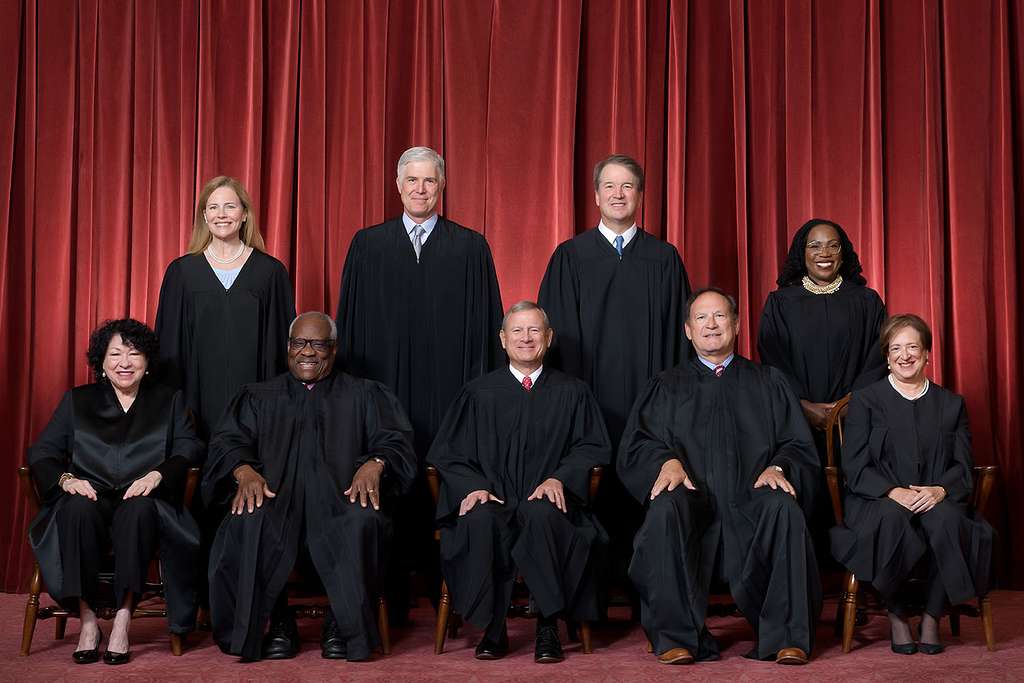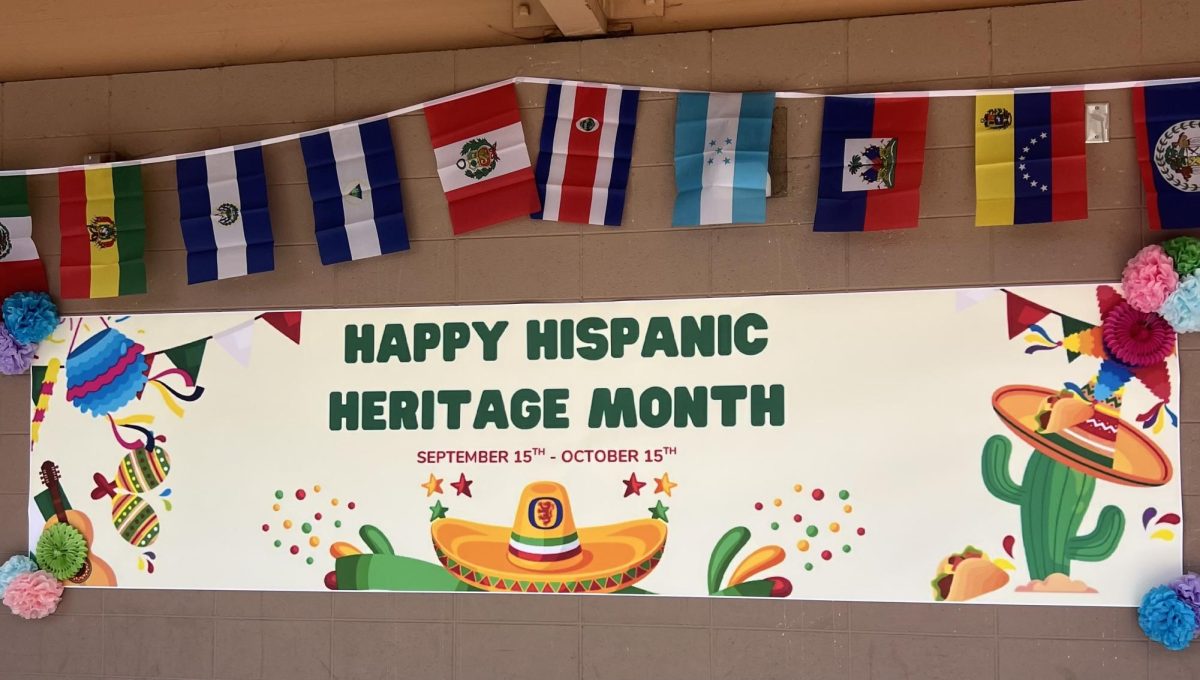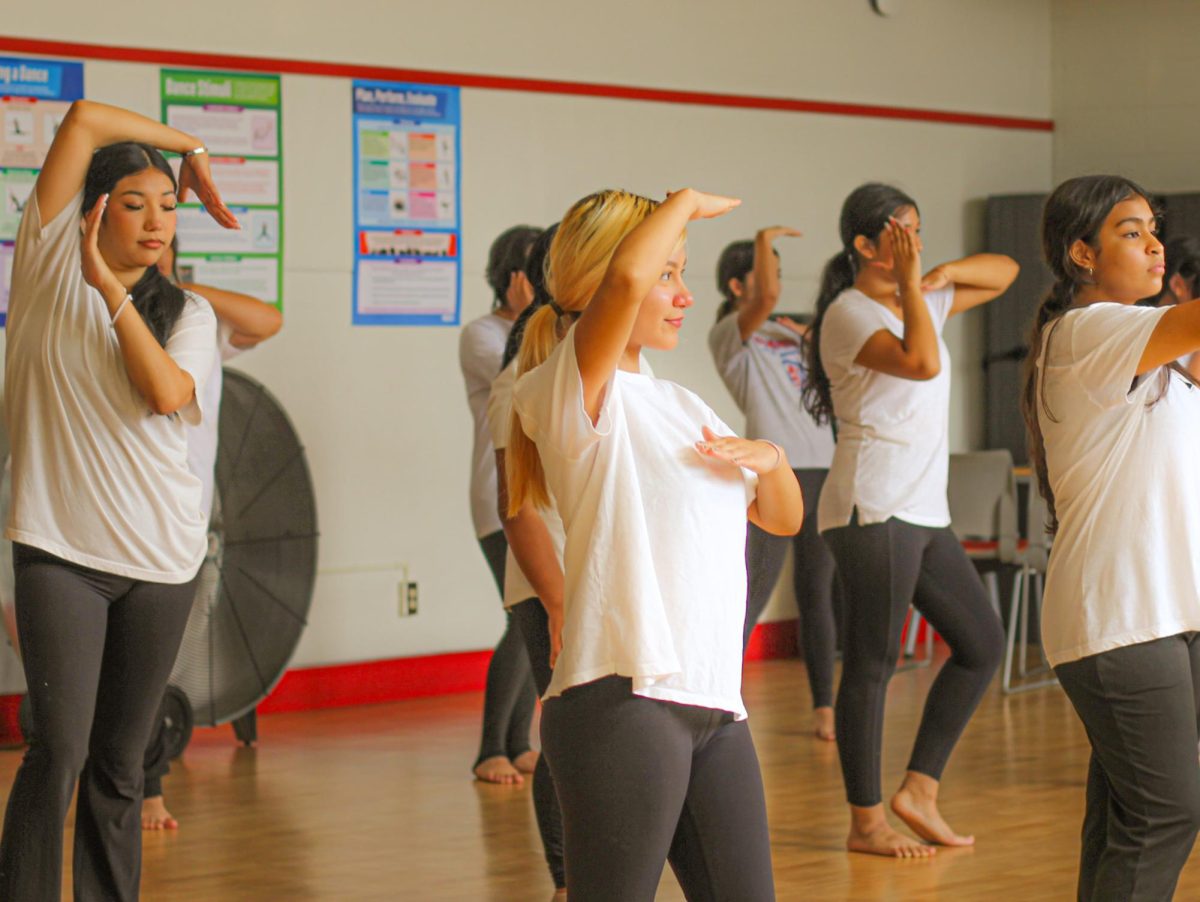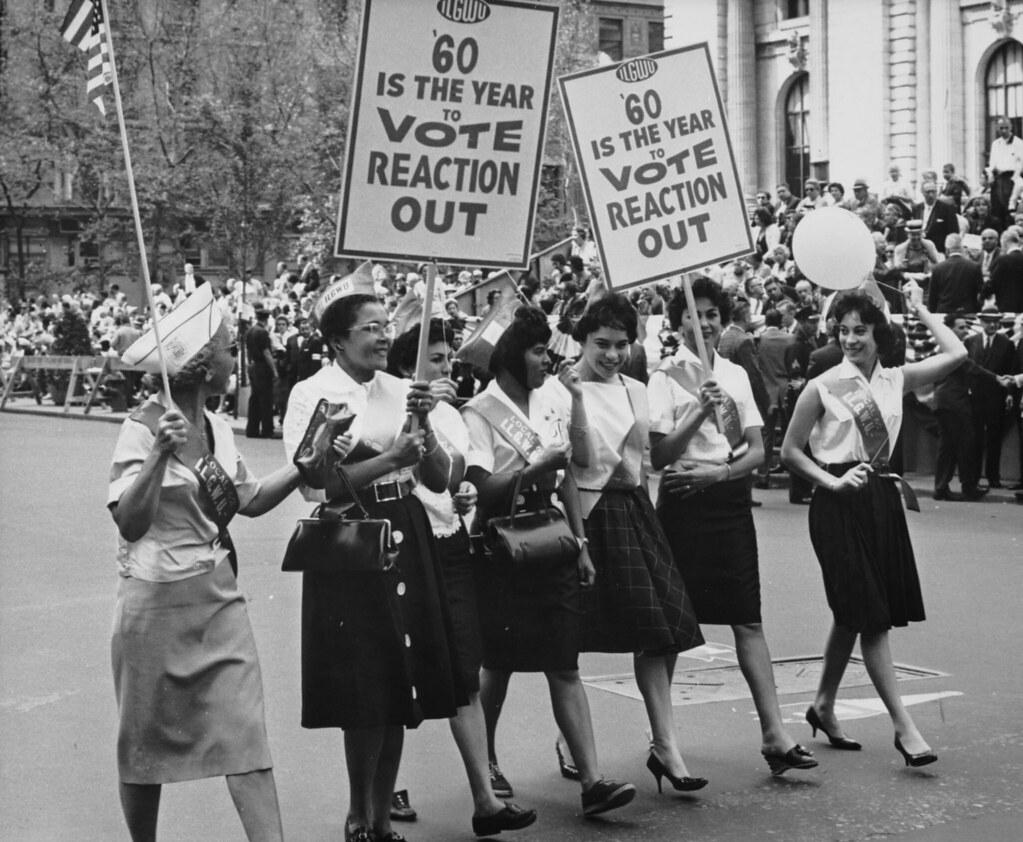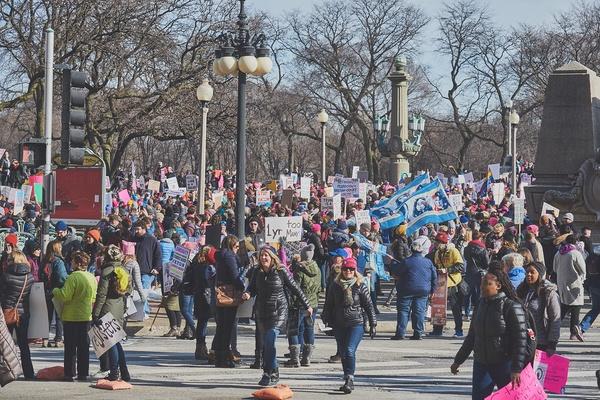On March 8th, 1857, thousands of garment workers, all women, gathered in New York City to protest against their unfair and inhumane working conditions. They directly protested for better wages, unequal pay to men, and unfair hours. However, their overarching purpose was to obtain equal rights for women. Now, this powerful day is remembered every year on March 8th, as National Women’s History Day. From this day bloomed a whole month dedicated to women who have paved the way for empowerment, and made advancements in history in fields that were dominated by men. In this month, we not only celebrate the advancements these women have made for society, but the challenges they overcame to do so.
The origins of International Women’s Day trace back to the march on New York City on March 8th, 1857. Women working as garment workers staged a protest going against the inhumane working conditions they were faced with. It was common in this time for women to be presented with low wages and long hours, while men who would do the same jobs would receive more. About 50 years later, a similar woman led protest occurred on March 8th, 1908. Thousands of women marched through New York again, protesting again for shorter hours and better pay. In addition, they were now protesting for ending child labor, and most importantly voting rights for women. Many of these protesters were immigrants who were working factory jobs in New York, demanding better working conditions and rights. These protests would pave the way for future women’s rights movements. They inspired a yearning for equality in women all over the United States.
Each year since 1988, March has been Women’s History Month. Women’s History Month actually started as Women’s History Week, as a local celebration in Santa Rosa, California. It was planned by the Education Task Force of Sonoma County commission. They selected a week that would correspond with March 8th, the day of several historical marches for women’s rights. This movement of having a period of time dedicated to celebrating the history of women spread across the country, and many others began celebrating this week as National Women’s Week. In the year 1980, an association of women lobbied for national recognition of Women’s History Week, and President Jimmy Carter issued the first proclamation announcing that the week of every March 8th would be National Women’s History Week. In 1987, Congress passed public law 100-9, that declared March as National Women’s History month.
Susan Scanlan, former president of Women’s Research and Education Institute in Washington D.C believes that Women’s History Month provides recognition for women who have made remarkable contributions to the world, but are often overlooked.
“Well here are these famous women, why don’t we know about them? Why don’t we see statues of them in the National Mall? Why aren’t they in the museums? Having a month dedicated to these women finally brings light to their stories,” said Scanlan, in an interview with Womenshistory.org. Scanlan describes the National Mall, as an exhibit place in the capital of the United States that contains statues of several historical figures, mostly men. Throughout history, women’s achievements have not been as well acknowledged as men’s. Scanlan believes that Women’s History Month makes up for this lost recognition.
Overall, Women’s History Month brings light to not only the women who have made historical advancements for the world, but also women in general. They have had to overcome challenges and obstacles that society has placed on them, to thrive in a world that has historically favored the success of men. In the month of March, we come together as a country to honor the impact women have had on society.


